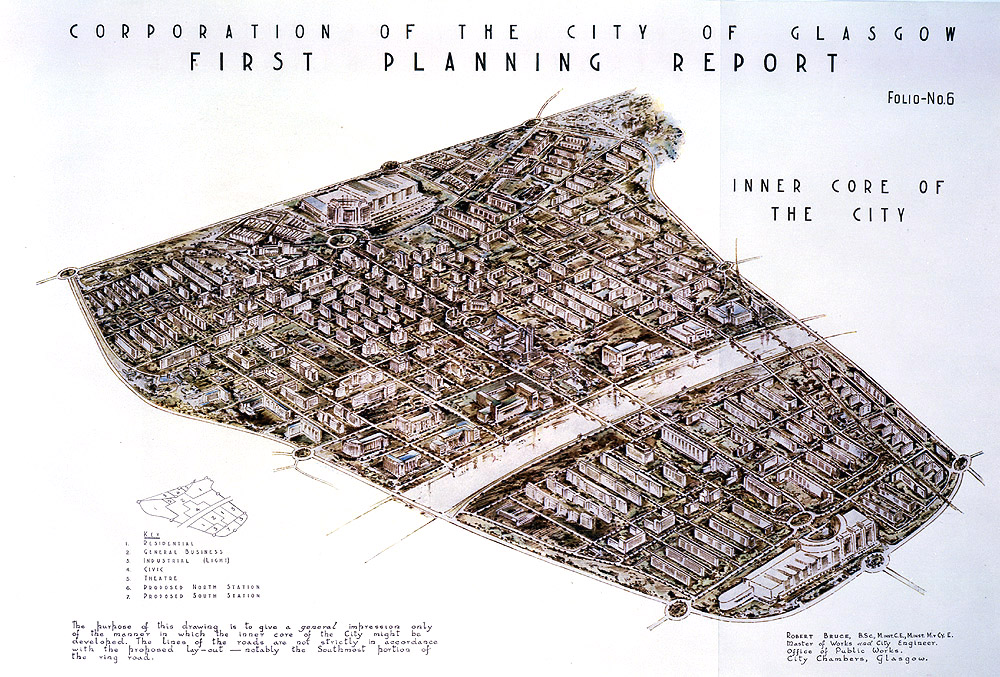Corporation of Glasgow Collection

The core Glasgow archive collections (ref: GB 243 / A-H) are those which document the rise of various public bodies in the city until many united under the banner of Glasgow Corporation (GC), the largest local authority in Scotland and, for a period, the largest city administration under one council in the UK.
From the earliest document of 1180 until GC ceased to exist in 1975, these collections cover nine centuries’ worth of charters, deeds, minutes, registers, plans, photographs, maps and publications among other record types.
In these archives, Glasgow is represented as a burgh, a town council and a city corporation. And, as the city grew, so did its responsibilities. It acquired powers to intervene across a wide range of activities, providing new services to the people of Glasgow. This municipal socialism reflected Glasgow’s position as the second city of the British Empire. Glasgow’s growing sprawl and responsibilities also increased the complexity of the city’s municipal machinery which produced these historic records now in the City Archives collections.
Collection highlights
After the formation of GC in 1895, these public functions were eventually assigned to individual departments (ref: GB 243 D). Overall, there were almost forty, dealing with public health, poor relief, education, roads, transport, gas, electricity, water, sewerage, parks, museums and libraries among others. One of the most unusual was the short-lived Telephone Department, the only Corporation department to face private competition for its services.
Among these records are seminal reports, the names of which will be familiar to students of Glasgow’s history. Life in One Room (1888) by James Burn Russell, Medical Officer of Health which highlighted how the poorest in the city lived and the struggles these conditions caused. The First Planning Report of the Glasgow Corporation, (Mar 1945) by Robert Bruce, Master of Works and City Engineer which envisioned an entirely new city centre and to which the city centre portion of the M8 owes its existence.
Ways in which they’ve been used for research
As the Glasgow Corporation departmental records (ref: GB 243 D) contain some of our most popular sources for family history, they are well used for that purpose. Particularly popular sources include our school admission registers and log books (ref: GB 243 D-ED7), our cemetery and crematoria records (ref: GB 243 D-CEM) and our poor relief applications (ref: GB 243 D-HEW10-17).
Recent academic research has focused on the Glasgow Burgh records (ref: GB 243 B) and the Council Proceedings (ref: GB 243 C). Topics include married women’s property rights in the seventeenth-century and sports during 1500 – 1700. The records were also used in last year’s Glasgow Slavery Audit, a report produced for Glasgow City Council to determine the historic connections and modern legacies derived from the Atlantic slave trade.
Good to know?
Glasgow’s local authority archives are of local, national and international importance. We are delighted that the catalogues of these historic records (which often include item-level descriptions) are now publicly available online for the first time.

